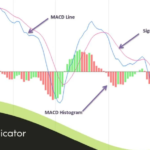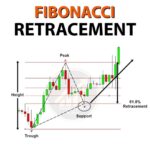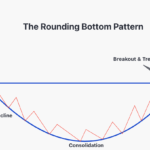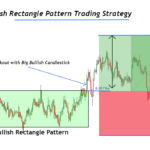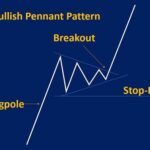Market Orders
Market orders are a type of trade order used to buy or sell a security immediately at the best available price in the market. Unlike limit orders, which specify a particular price at which you want to trade, market orders focus solely on execution speed. When you place a market order, you’re essentially saying that you want to execute the trade as quickly as possible, regardless of the price at which it is executed.
The primary advantage of a market order is its immediacy. If you need to enter or exit a position quickly, a market order is ideal because it ensures that your trade will be completed promptly. This is particularly useful in fast-moving or highly volatile markets where prices can change rapidly. For example, if news breaks that impacts a stock significantly, using a market order allows you to buy or sell before the price moves too much, capturing the current market price.
However, market orders come with trade-offs. The main disadvantage is that the execution price can vary from the last quoted price, especially in volatile or low-liquidity environments. This phenomenon, known as “slippage,” can result in buying at a higher price or selling at a lower price than expected. For instance, if you place a market order to buy a stock during a sharp upward price movement, you might end up paying significantly more than the last traded price.
Market orders are best used when the priority is to execute the trade quickly rather than securing a specific price. They are particularly suited for liquid securities where price movements are minimal, and the risk of slippage is low. In contrast, for more precise price targets or in markets with lower liquidity, limit orders might be more appropriate to avoid unfavorable execution prices.
In summary, market orders are designed for immediate execution at the best available price, offering speed and simplicity. They are best utilized when you need to act quickly, but be aware of potential slippage and price variations in fast-moving or less liquid markets.


